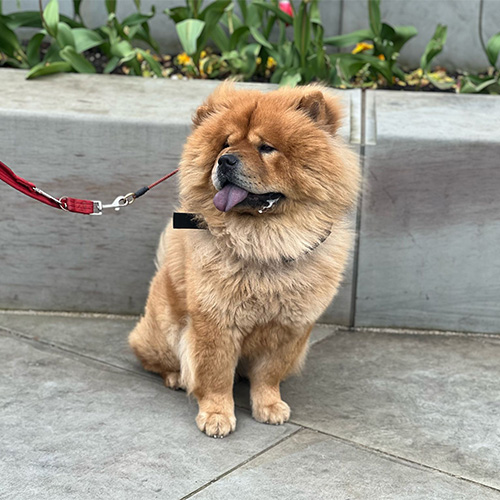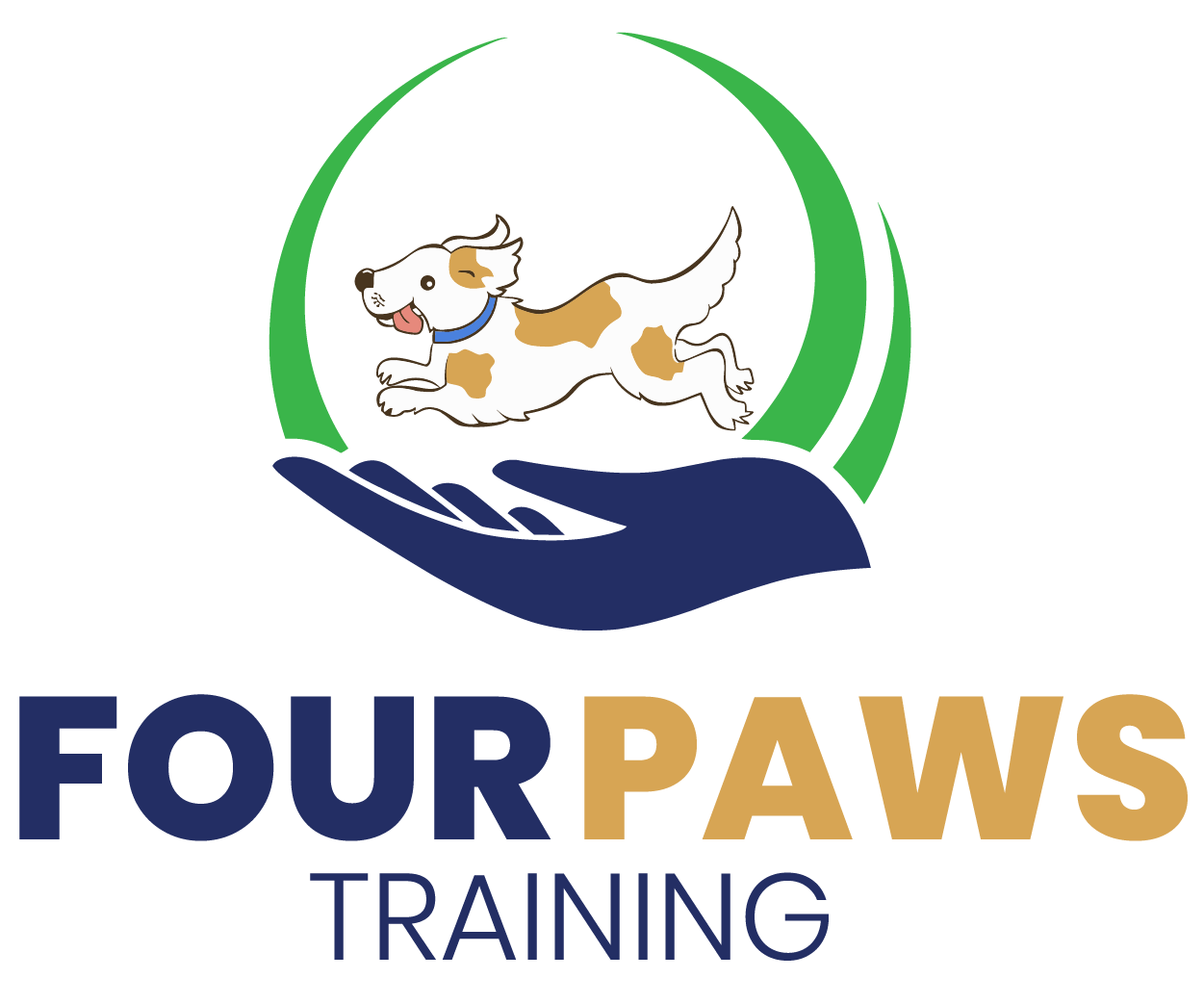


THE HOUND HUB
Is your dog taking over?
Help & Advice
8 April 2024
Dominance in dogs, often misunderstood and misrepresented, can indeed pose significant challenges and risks within a household or social setting. Here's why dominance is considered a negative trait in dogs:
- Potential for Aggression: Dominant behaviour in dogs can lead to aggression, especially if not properly managed or addressed. Dogs displaying dominance may assert themselves aggressively towards humans or other animals, posing a risk of injury or harm.
- Disruption of Social Harmony: Dogs exhibiting dominant behaviour can disrupt social harmony within a household or among other dogs. They may attempt to assert control over resources such as food, toys, or attention, leading to conflicts and tension among pets or family members.
- Challenges in Training: Dominant dogs may resist or challenge authority during training sessions, making it difficult for owners to establish leadership and enforce obedience. This can impede the dog's ability to learn and follow commands, leading to frustration for both the owner and the dog.
- Difficulty in Handling: Dominant dogs may display resistance or aggression when handled, groomed, or restrained, making routine tasks such as vet visits or grooming sessions challenging and potentially dangerous for both the dog and the handler.
- Increased Risk of Behaviour Problems: Dogs with dominant tendencies are more prone to developing a range of behaviour problems, including resource guarding, territorial aggression, and leash reactivity. These issues can escalate over time if not addressed promptly, leading to further challenges in managing the dog's behaviour.
- Strain on the Human-Animal Bond: Dominance can strain the relationship between the dog and its owner, undermining trust and cooperation. Owners may feel intimidated or overwhelmed by their dog's dominant behaviour, leading to a breakdown in communication and a diminished bond between the two.
- Safety Concerns for Children and Vulnerable Individuals: Dominant dogs pose a particular risk to children and vulnerable individuals who may not be able to understand or respond appropriately to the dog's behaviour. Without proper management, dominant dogs may display aggression towards these individuals, resulting in serious injuries.
- Legal and Liability Issues: In extreme cases, dominance-related aggression can result in legal repercussions for the owner, including fines. Owners have a legal responsibility to ensure that their dog does not pose a danger to others, and failure to address dominance-related aggression can have serious consequences.
- Negative Impact on the Dog's Well-being: Constantly asserting dominance can be stressful and emotionally taxing for dogs, leading to anxiety, insecurity, and a diminished quality of life. Dogs may exhibit signs of stress or fear, such as trembling, panting, or avoidance behaviours, indicating their discomfort with the situation.
In conclusion, dominance in dogs is considered a negative trait due to its potential for aggression, disruption of social harmony, challenges in training, difficulty in handling, increased risk of behaviour problems, strain on the human-animal bond, safety concerns for vulnerable individuals, legal and liability issues, and negative impact on the dog's well-being. It's essential for owners to recognise and address dominance-related behaviours promptly through appropriate training, behaviour modification, and management techniques to ensure the safety, well-being, and harmony of all involved.

For more information on how we can help, please contact us using the form below:
For more information on how we can help, please contact us using the form below:


